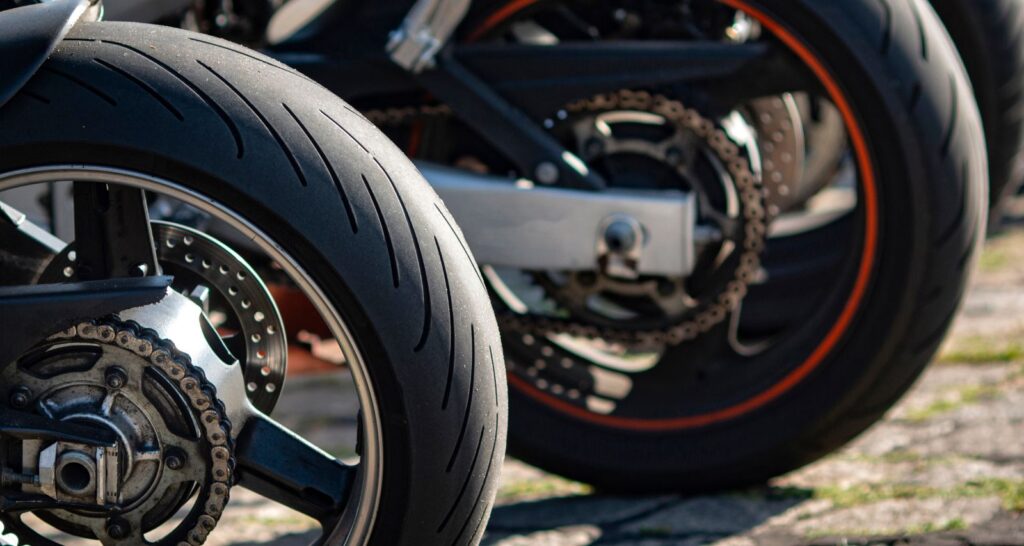Shipping your motorcycle can be a daunting task, especially if you’re navigating the logistics during the off-season. At AA Motorcycle Shipping, we understand that the off-season can be a great time for motorcycle shipping, as it often means fewer delays and more flexible scheduling.
Whether you’re relocating, storing your bike for the winter, or planning to ride in a warmer climate, this comprehensive guide will provide you with the essential tips for successfully shipping your motorcycle during this period.
Why Consider Off-Season Shipping?
Reduced Demand
During the off-season, fewer people are shipping their motorcycles, which can lead to lower costs and increased availability. This means you have a better chance of securing a spot with your preferred shipping company and may even find discounted rates.
Flexible Scheduling
Off-season shipping often comes with more flexible scheduling options. With fewer shipments to coordinate, companies like AA Motorcycle Shipping can provide you with a more convenient timeline for your motorcycle’s journey.
Preparing Your Motorcycle for Shipping
Clean Your Motorcycle
Before shipping, it’s essential to clean your motorcycle thoroughly. This not only helps you inspect for any existing damages but also ensures that no dirt or grime is transported to your new location. Pay special attention to the following areas:
- Engine: Wipe down the engine components to remove any grease or oil.
- Body: Use a soft cloth to clean the body panels and remove any dust.
- Wheels and Tires: Inspect for any punctures and ensure they are properly inflated.

Document Existing Conditions
Take detailed photos of your motorcycle from multiple angles, including close-ups of any existing scratches or dents. This documentation can be invaluable in case of damage during transit, helping you with claims if necessary.
Check Fluid Levels
Before shipping, make sure to check all fluid levels, including:
- Oil
- Brake Fluid
- Coolant
- Fuel: It’s often recommended to have less than a quarter tank of gas for shipping.
Remove Accessories
To prevent any damage, remove any accessories that could be easily detached, such as saddlebags, GPS units, or mirrors. Store these items safely or transport them separately.
Choosing the Right Shipping Method
Open vs. Enclosed Transport
When it comes to motorcycle shipping, you generally have two options: open or enclosed transport.
- Open Transport: This is the more cost-effective option where your motorcycle is loaded onto a truck or trailer that is open to the elements. While it is safe for most motorcycles, your bike may be exposed to weather conditions and debris during transit.
- Enclosed Transport: This option provides an added layer of protection by shipping your motorcycle in a fully enclosed trailer. It’s generally more expensive but is ideal for high-value or vintage bikes.
Door-to-Door vs. Terminal-to-Terminal Shipping
- Door-to-Door: This service means that the shipping company will pick up your motorcycle from your location and deliver it directly to your destination. This is the most convenient option but may come at a higher cost.
- Terminal-to-Terminal: In this option, you drop off your motorcycle at a designated terminal, and it will be shipped to another terminal near your destination. This method can be more affordable but requires more effort on your part.
Understanding Costs and Insurance
Budgeting for Shipping
Shipping costs can vary based on several factors:
- Distance: Longer distances typically mean higher costs.
- Type of Transport: Enclosed transport is generally more expensive than open transport.
- Seasonality: Off-season shipping can lead to savings, so take advantage of this period.
Insurance Options
Before shipping, check with your motorcycle shipping company about their insurance policies. While most companies offer basic coverage, it’s wise to consider purchasing additional insurance for added peace of mind. Make sure you understand what is and isn’t covered during transit.
Selecting a Reliable Shipping Company
Researching Motorcycle Shipping Companies
When it comes to choosing a shipping company, take the time to do your research. Look for:
- Reviews and Testimonials: Check online reviews from previous customers to gauge their satisfaction with the service.
- Experience: Ensure that the company specializes in motorcycle shipping and has a proven track record.
- Accreditations: Look for certifications or memberships in industry associations.
Getting Quotes
Don’t settle for the first quote you receive. Contact multiple companies to compare pricing and services. Be sure to ask about:
- Delivery Timeframes: Understand how long the shipping process will take.
- Cancellation Policies: Know the terms in case you need to change your plans.
Finalizing the Details
Confirming Your Shipment
Once you’ve selected a shipping company, confirm the details of your shipment, including pickup dates, drop-off locations, and any special instructions you may have.
Tracking Your Shipment
Most reputable motorcycle shipping companies provide tracking services. Make sure you obtain tracking information so you can monitor your motorcycle’s journey in real time.
Picking Up Your Motorcycle
Inspect Upon Arrival
When your motorcycle arrives, inspect it thoroughly before accepting the delivery. Look for any signs of damage and compare the current condition to your pre-shipping documentation.
Signing Off
If everything is in order, sign off on the delivery. If you notice any damages, document them immediately and report them to the shipping company.
Storing Your Motorcycle After Shipping
Preparing for Storage
If you plan to store your motorcycle after shipping, consider the following:
- Battery Maintenance: Disconnect the battery and store it in a cool, dry place.
- Fuel Stabilizer: Add a fuel stabilizer to prevent fuel degradation if you won’t be using the bike for an extended period.
- Tire Care: Elevate your motorcycle on a stand to relieve pressure from the tires.
Choosing a Storage Location
Select a storage space that is dry, secure, and temperature-controlled if possible. This will help protect your motorcycle from the elements and prevent rust or corrosion.
Conclusion
Shipping your motorcycle during the off-season can be a smooth and economical process if you follow these essential tips. From preparing your bike for transit to selecting the right shipping method, understanding the logistics will make your college journey more enjoyable.
At AA Motorcycle Shipping, we are dedicated to ensuring your motorcycle arrives safely and efficiently at its destination. With our expertise and commitment to quality service, you can trust us to handle your motorcycle shipping needs. Happy riding!




